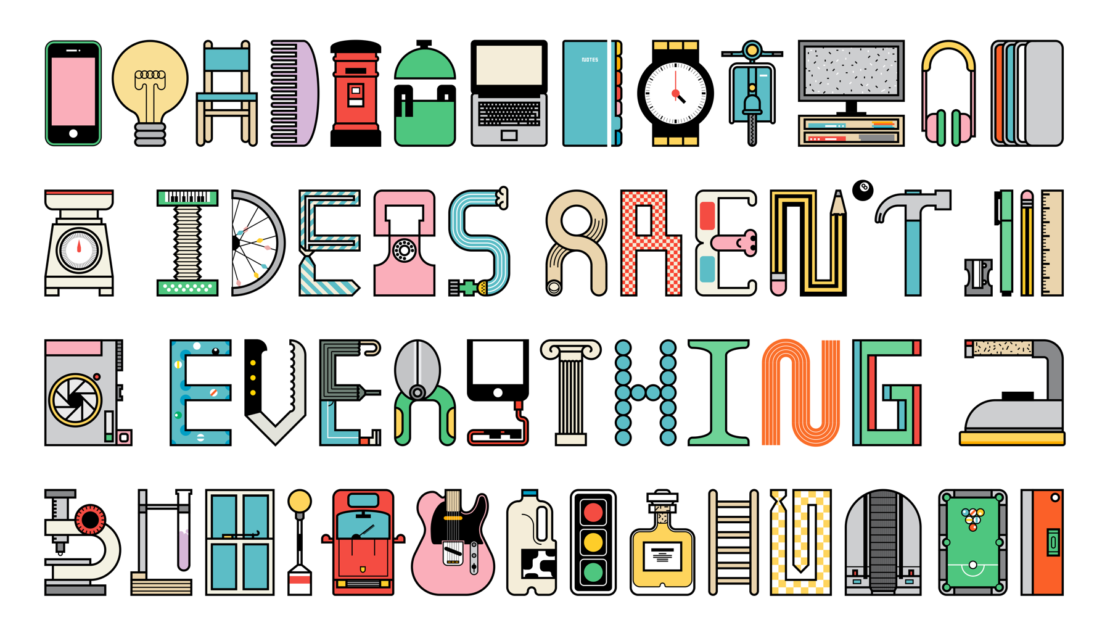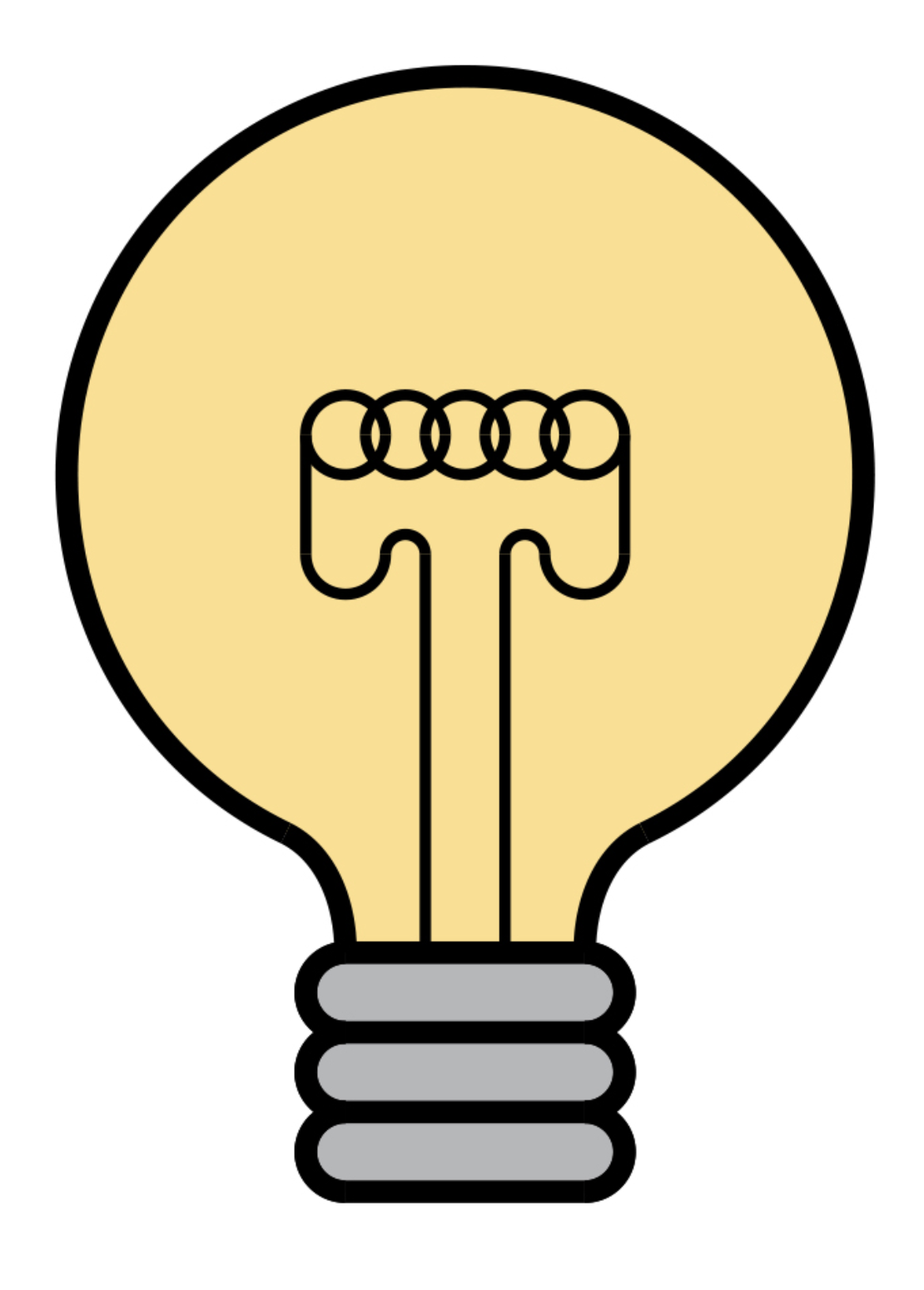
Ideas Aren't Everything: Paranoia
In 1969, Filipino inventor Daniel Dingel started work on an invention which he believed would radically change our world: a car powered entirely by water. Dingel talked big but ultimately delivered nothing, repeatedly refusing to reveal the supposed secret of his hydrogen reactor even after receiving hundreds of thousands of dollars in investment.
It's safe to say – not least because he's dead – that Dingel was a fraud, but his secrecy and paranoia are personality traits that many inventors find themselves lumbered with: a low-level supposition that everyone's trying to rip them off.

Such anxieties actively spurn assistance. Some inventors might need help to solve a problem – but while they want the help, they'll be reluctant to describe the problem.
In 1857, Édouard-Léon Scott de Martinville invented the phonautograph. The sounds he captured on paper are the oldest sound recordings in existence today, but the development of the machine was stymied by paranoia. His solitary, laborious endeavours only accelerated when he finally agreed to work with a German physicist, Rudolph Koenig, but Koenig's entrepreneurial zeal was completely at odds with Scott's fear of people hearing about their work. When the two men eventually (and inevitably) fell out, Scott retired to work on the phonautograph as a hobby, while Koenig found success marketing his own version of the machine.
Paranoia can be an alienating emotion, but amongst innovators it's an understandable one. Robert Kearns's battle with Ford over his windscreen wiper invention, a story told in the film Flash of Genius, is a good example of how inventors can find themselves holding the short end of the stick: ideas are easily stolen, people get screwed over and legal redress is expensive. Ideas aren't the sole contributor to success. The way those ideas are presented to the world is just as important, but people can become so consumed with their ideas that they can't bear to share them.
Secrecy and paranoia are personality traits that many inventors find themselves lumbered with: a low-level supposition that everyone's trying to rip them off

This psychological phenomenon may be rooted in the idea that huge rewards are just around the corner, and this was certainly true in the story of Eli Whitney. Over the course of 10 days in the 1790s he invented the cotton gin, a machine which, by removing sticky seeds from green cotton, would have a seismic impact on the world economy. Whitney and his close friends knew what a big deal it was; Whitney's response was to lock the machine away. When loose lips ensured word got out, there were multiple break-ins to the property. By the end of the decade, litigation had driven Whitney to the edge of bankruptcy.
Even the 20th century's most vaunted inventors, the Wright brothers, stand accused of excessive paranoia. Prior to 1908 they were famously reluctant to demonstrate their flying machines; this didn't endear them to the media at a time when French aviators were proudly showing off to large crowds. "Either the Wrights have flown or they have not," read one report. "They are either flyers or liars." As it turned out, they were flyers – but they would continue to feel besieged by the competition and would become adept at filing lawsuits.
Today, inventors are more pragmatic and less paranoid than you might think. A study published last year by NYU's Stern School of Business into a decade of US patent applications found that only 15 per cent of inventors opted into a security loophole that would have kept their inventions secret prior to patent approval. The other 85 per cent evidently acknowledge that risks are inherent in the process of innovation – just as they are in life – and that revealing a little about their work might be a better strategy than keeping things strictly confidential.